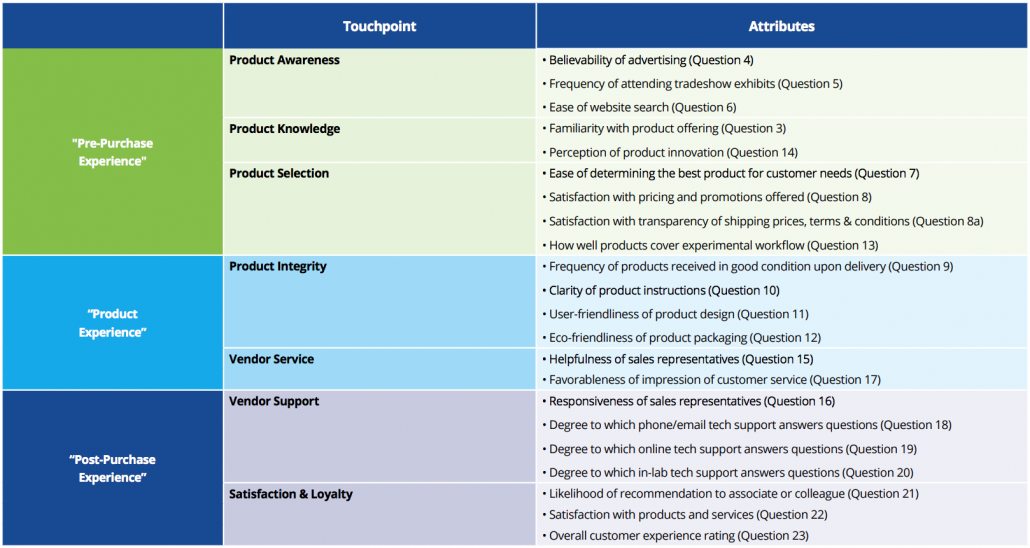Advertising to Life Scientists — How to Keep Their Interest
How many of us have spent countless hours going down the media “rabbit hole”? You start with one search, which leads to a second, which leads to a third search and so on. Before you know it, you have a whole story that kept your interest long enough to keep pulling you deeper and deeper down the metaphorical rabbit hole.
Life scientists are no different when it comes to how they satisfy their need for knowledge. As a company trying to reach and be recognized by life science consumers it’s important to understand how they might interact with your content. Flashy images to lure a customer don’t always tell the whole story — they don’t make a scientist go down the rabbit hole. Since shifting towards a more online-centric world, advertising has been, and continues to be, a complex synergy of both online and print information, layered with enriching and educational information.
Advertising is not a singular entity but rather an engaging experience. But before we create a strategy, there are a few things we should consider. For instance, GDPR has largely impacted how you can reach your target audience in Europe. Or the simple fact that your customers, though increasingly inquisitive, have decreased attention spans. So how do you maintain their interest?
Understand their journey You should be able to understand where your consumers are within the product purchase process. This process consists of 21 different touchpoints across three phases, all of which entail the consumer interacting with your brand in more than one way.

Earlier this year, BioInformatics conducted an extensive survey to understand which parts of the journey matter most to a life scientist as well as how they view the journey for the top 26 life science suppliers. Click here for more insights from our 2018 Life Science Supplier Customer Experience Benchmark report. Advertising plays a key role in the early stages of the customer journey and our newest research allows you to decipher which types of media and content your consumers interact with and how that may differ across regions and age groups.
Tell a story Once you truly understand your customer, you can start determining what type of content they need to see to improve their understanding 
Videos, particularly live videos, have become very popular. They allow the viewer to become part of the experience. We’ve also found tutorial videos of a product can be beneficial for the pre-purchase journey as customers educate themselves on the available options. Such videos might also help the viewer to understand how they may interact with your product on a day-to-day basis. Diversifying your content allows you to most effectively represent not only your company, but your brand. Because your brand encompasses your values, mission, the whole purchase journey and more — your brand is the ultimate experience scientists want to understand.
Personalize the experience Did I mention decreased attention spans? Don’t get lost in the flurry. Personalize the experience and choose your target 
Finding the balance between print and digital in addition to understanding what your viewers need, is difficult. BioInformatics has been conducting a study of life scientists’ perceptions of both digital and print advertising as well as their preferences and how they actually interact with different types of content to help you make your brand an engaging experience. Click here for more information on our 2018 Best Practices Advertising to Life Scientists report. Our next article within the series will take a sneak peek into the report and preview some data.




